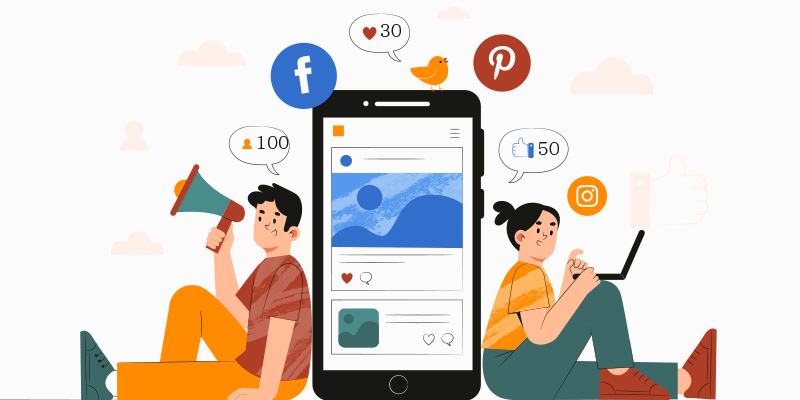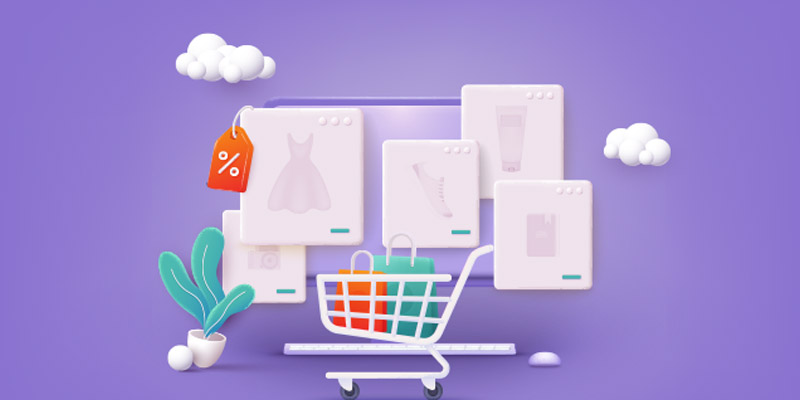Top 5 Advertising Trends That’ll Work For You In 2022

Featured Image: iStock/Aleksandr Durnov
Kylie Jenner’s out-of-home (OOH) ad campaign for her skincare line Kylie Skin has been described as one of the biggest success stories of 2019. But that’s old news now. The way the ad industry is changing, anything a month ago is also seen as a distant past in this field. This is because the scope of advertising is changing every few days, thanks to new trends and technologies.
So in this post, we are going to discuss some of the top advertising trends shaping 2022.
Advertising Trends To Bookmark
Digital banners on blogs, apps, and websites just don’t cut it anymore. Not that they don’t work. They do. However, with more and more people installing ad blockers, reaching your target audiences with banner ads alone is impractical.
To meet their marketing targets, brands must evolve their advertising strategies.
1. Targeted personalized Ads
This is not a new marketing trend per se but it’s one of the advertising trends that have become more popular in recent times.
In personalized advertising, businesses collect and analyze data about customers and use the information to target ads. The result is increased conversion potential and overall, lower advertisement costs.
The fast growth of personalized ad targeting is fueled by the increased availability of data capture and analysis tools and acceptability. According to a survey, seven out of 10 consumers prefer fewer and more personalized ads.
Targeted marketing is not restricted only to one form of advertisement. It is applicable to several other forms of advertising, including video, TV, social media, display, and so forth. This gives marketers an array of ad channels, increasing the chances of reaching the target audience with the right message.
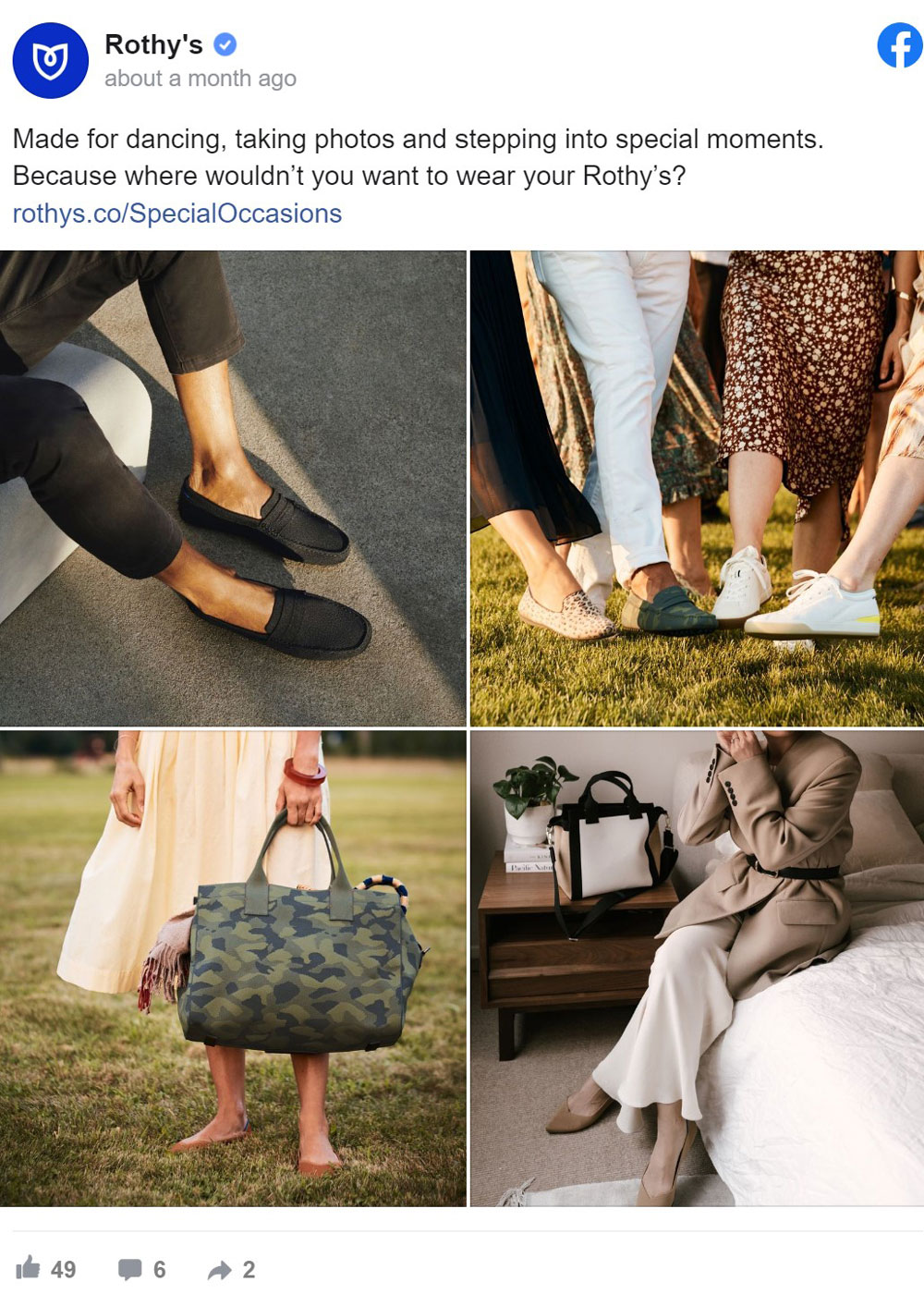
Image Source
Knowledge of what advert to display to which people and the precise time to show them is vital in targeted advertising. Fortunately, innovative marketing tools now make it easy to both create the right content and deliver it at the perfect time. These tools include database marketing, geofencing, and display targeting among others.
Database marketing, like ManyChat and MailChimp, involves gathering relevant customer data and transforming the data into actionable insight. Similarly, geofencing tools like GPSWox and GroundTruth, allow real-time targeting of users depending on their current location. And, display ad targeting provides customers with precise display adverts by taking into account their interests and keywords used. No one does this better than Google Display Network.
2. Multi-channel Advertising
Back in the day, the majority of shoppers made purchase decisions at the store. If you wanted to buy a TV, you would visit a retail store in town and decide which brand to buy and the amount to spend while inside the store. Reason? Because there was no way to research these factors before entering the store. Only once inside the store would you compare things like prices and size.
Not anymore. With the advent of digital media, you can now research a product way in advance. Before heading to the store, shoppers already know even the color of the item they want to buy. Often, shoppers research multiple devices (smart home devices, mobile phones, PCs, etc.) and channels (websites, social media, forums, price comparison engines, etc.).
The next logical step for marketers is to make a conscious effort to align all the channels they use to make the purchase journey even more convenient. This practice is known as omnichannel marketing. In omnichannel, marketers use coordinated brand messaging and effects to guide the customer from discovery through decision making to purchase.
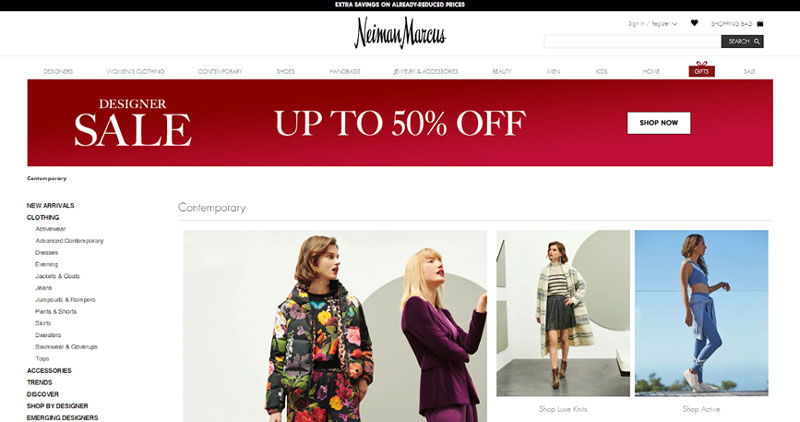
Image Source: Neiman Marcus
Neiman Marcus is one of the brands that use omnichannel marketing really well. For example, if a customer always searches for a specific type of shoe, say ladies’ sports shoe, size 7 and 7.5, Neiman Marcus has designed their marketing such that the first thing that the customer will see on their app/website is shoes in that size range.
The company also uses geolocation tools to map the location of the customer and uses the information to only show shoes in the brick-and-mortar store nearest to the customer. To make it even more personalized, the customer can also make 360 videos of themselves in-store and “advertise” by sharing them with friends and on social media using their Memory Mirror app. And if there is an event taking place related to the line of shoes, like an exhibition or sale, then Neiman Marcus’s newsletter will alert the customer with an invite to join.
Now that’s the power of omnichannel advertising covering the customer’s attention with as many platforms as possible.
Explore: Visual Trends 2021: Paid Social Advertising From Top Brands
3. An Increase In Smart Bidding
Although the majority of digital marketers use Google ads, not many can confidently say that they meet their targets at the end of any campaign. That’s because setting up a Google Ads campaign isn’t easy. You need to know a lot of things, including how the ads work, the best ad types, the best time to display your ads, and so forth. Above all, you must know how to bid for your ads accurately. It’s just too complicated, especially for newbies.
Google noticed these problems and, in 2016, set up the smart bidding platform to save advertisers from the technical details of setting up bids. Smart bidding leverages machine learning to track and analyze several signals and uses the information to make an informed bid. These signals often include customers’ device, location, gender, age, time of day, and income level.

Image Source
The signals are typically cross-referenced with past performance data, such as historical CTR and conversion rates, and bids are adjusted upwards or downwards to meet your targets. Advertising goals and strategies that you can use to leverage smart bidding include:
- Target CPA to automatically get more conversions within chosen set target CPA.
- Target ROAS to get maximum conversions out of the target ROAS setup.
- Maximize Conversions to automatically set bids to get more conversions out campaign budget.
- Enhanced CPC (ECPC) to get more conversions through manual bidding but automatically adjust bids based on conversion keywords yet remain within CPC limits.
For example to use Maximize Conversion, go to campaign settings and select from the drop-down.
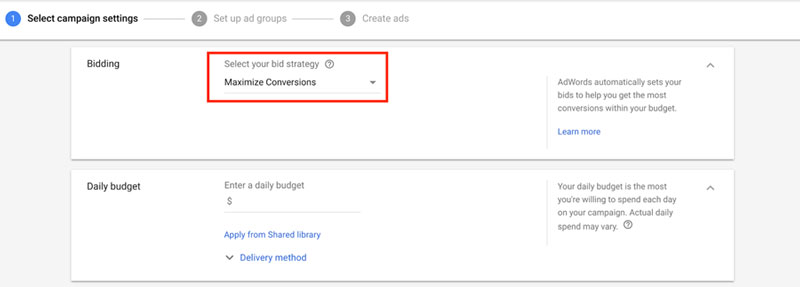
Once there add your conversion goals and budget. It’s best to experiment with smart bidding before starting a full-fledged campaign to help you compare with past statistics and gauge whether this method works for your business or not, like this:

Image: Instapage
Smart bidding not only enhances cost-per-click (CPC) but also maximizes conversions. With many marketers struggling to master traditional bidding, expect more and more of them to migrate to smart bidding.
4. Ad optimization For Voice Search
If you’re still wondering what “voice search” means, it refers to internet users doing searches by speaking out rather than typing in search engines. The top voice search platforms include Apple Siri, Google Voice/OK Google, and Amazon Alexa.
According to Gartner, voice searches will account for 30% of all searches by 2020 and at least 50% of searches by 2022. It’s also estimated that there will be 21.4 million smart speakers in the US by 2020. Currently, one in four online shoppers uses voice search at some point.
Expect marketers to begin optimizing their ads for voice searches in the coming years. How exactly these ads will look like is anyone’s guess. We already know that ads for text searches are mainly text and image-based. Since the results for voice searches are provided in a voice, the ads will likely be in sound bites too. We foresee five possibilities:
- Pre-roll: spoken ads that play before the search results;
- Post-roll: ads play after the search results are shown
- Screen synced: ad appears on the screen when voice search results return
- Paid answer: results from advertisers instead of organic answers
- Data-driven: ads served based on voice search providers’ database
Explore: Designing The Perfect Ecommerce Sales Banner For Online Advertising In 2022
5. Shoppable Posts
For the longest time, shoppers have been using social media to research brands by asking friends and acquaintances for recommendations. In fact, the Global Web Index estimates as much as 54% of social browsers do this.
Thanks to social commerce now they can buy their favorite products too. Facebook, Instagram, Snapchat, and Pinterest make social selling efficient, and businesses can’t get enough. Not only can they boost their posts as ads but also target a specific audience.
In particular Generation Z whose favorite hangout is on Instagram, Snapchat and YouTube can easily be targeted by ads integrated into their social stream. Instagram for example have made price tags and clickable options available on images; shoppers don’t even have to land on a website to buy their products.
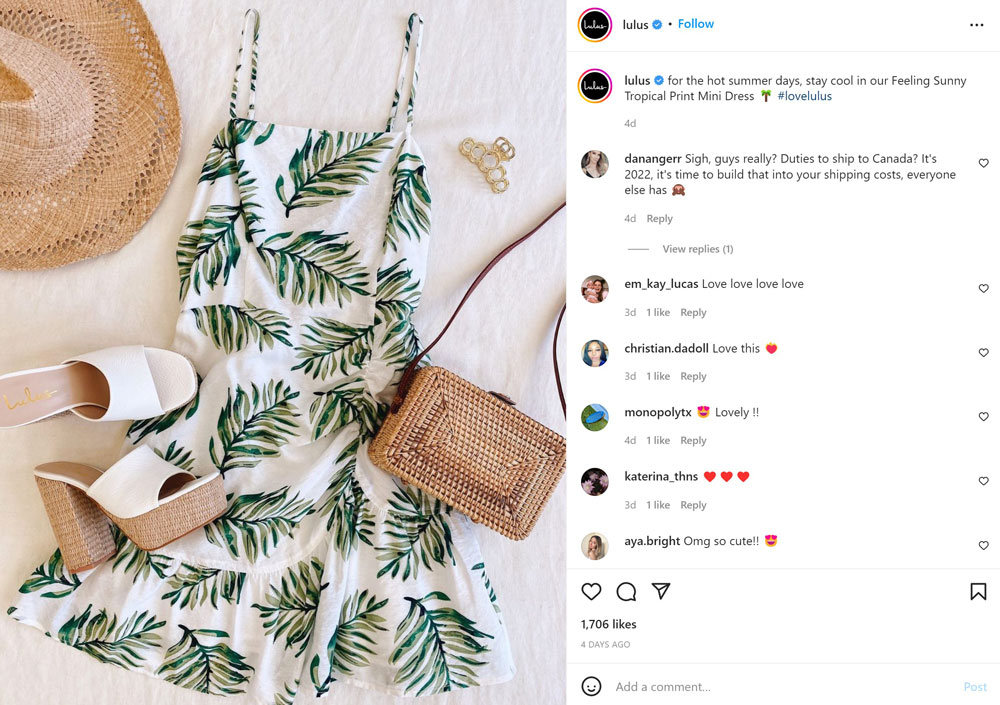
Image Source
Lulu is a great example of a fashion brand that targets the younger generation with Instagram Shopping. By experimenting with unique outfit combos, Lulu has been able to inspire followers to shop directly from its social media content.
Sales, according to the company, have grown by over 1200 orders through Instagram alone.
SnapChat also announced lengthier videos to allow businesses to advertise and create shoppable posts customized to users’ preferences. Facebook and Instagram are testing dynamic shoppable ads that serve users with products they like and buy directly via Facebook’s checkout option.
6. Authenticity In Advertising
In a world of sensational news and social hype, marketers are finding it pays to be authentic. In fact, a survey of global consumers indicates that 87% prefer companies to be authentic rather than innovative or even delivering the product.
As a result, marketing managers are clamoring to create authentic ads whether it be on TV or on social media. Expect to see more and more:
- Video ads featuring real consumers instead of hired actors. YouTube videos are the best outlets for these types of ads. Tuft and Needle is a good example.
- Emotional TV commercials that resonate with common people’s behaviors and reactions. The Dove campaign comes to mind.
- And print ads that elicit sympathy and individual experience in the same situation. UNICEF ads are big tear jerkers.
- Digital ads which have not been manipulated through Photoshop or such software.

Image Source: Ads of the World
Personally, I’ve followed the Dove Self-Esteem Project because of its authentic subject matter and how they present its messages in non-commercial style ads. Since its launch, Dove claims to have garnered 625,000 teachers, and 1.5m parents to help 19.4m young people to support the cause. The success of the campaign lies not in selling its products but rather in building its brand image and authenticity.
And the reason why authenticity works is that it promotes brand credibility, and realism, and breaks away from the cookie-cutter advertisements. Real people with real emotions to personalize the message are the way to go in 2022.
Advertising Choices
When you decide which platform to use, consider your marketing strategy, and analyze the target audience you want to expand into, as well as the platforms available. For example, in 2022 expect to see more and more advertisements in the Metaverse and NFTs, a rise in shoppable posts on social media, and sustained efforts in achieving authenticity.
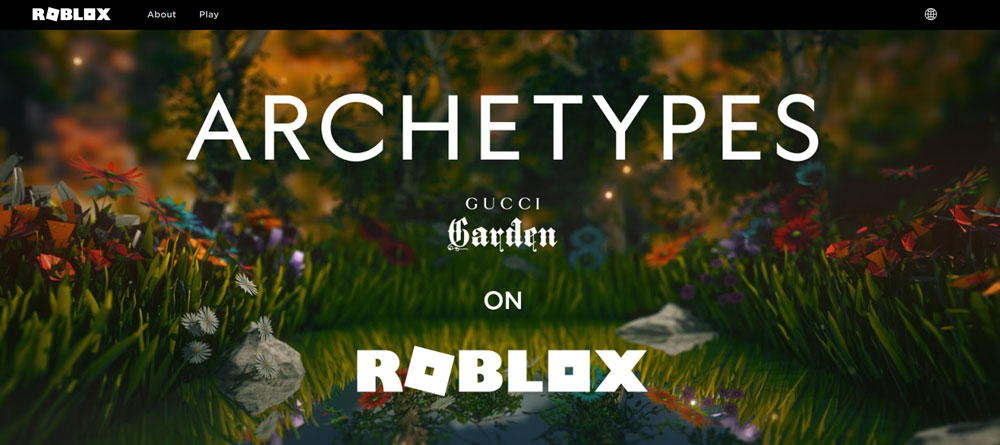
Image Source
Video ads on the other hand are going strong on platforms like YouTube, Twitch, and Vimeo. Videos are not limited to these channels though. They are popular on Facebook, Instagram, WhatsApp, and even in AR/VR too because they are visually stimulating, communicate the message effectively and make users feel as if they’re in the room talking to them.
Since companies and organizations are more focused on building their names than ever, you can also expect to see an increased focus on the brand over the product.
Got a trend you noticed lately? Share it with us.
